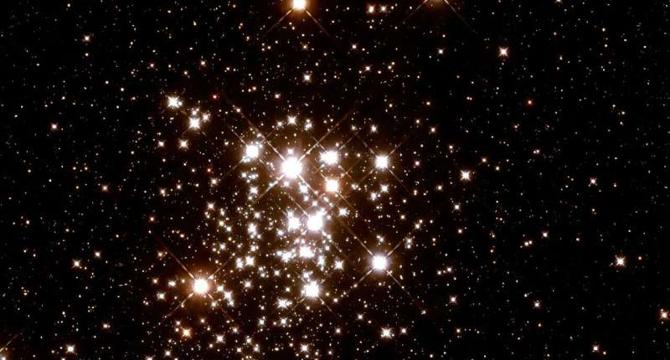Knowridge
2M
101

Image Credit: Knowridge
Hubble reveals key details about a massive star cluster
- Astronomers using the Hubble Space Telescope (HST) have studied one of the largest young star clusters in our galaxy, Westerlund 1.
- The cluster is not perfectly round, but stretched out in a northeast-southwest direction, with an eccentricity of 0.71.
- Westerlund 1 has a velocity dispersion lower than expected, suggesting it formed with high efficiency or experienced minimal disruption after its birth.
- The study provides important insights into the evolution and formation history of massive young star clusters, supporting the idea of mass segregation.
Read Full Article
6 Likes
For uninterrupted reading, download the app